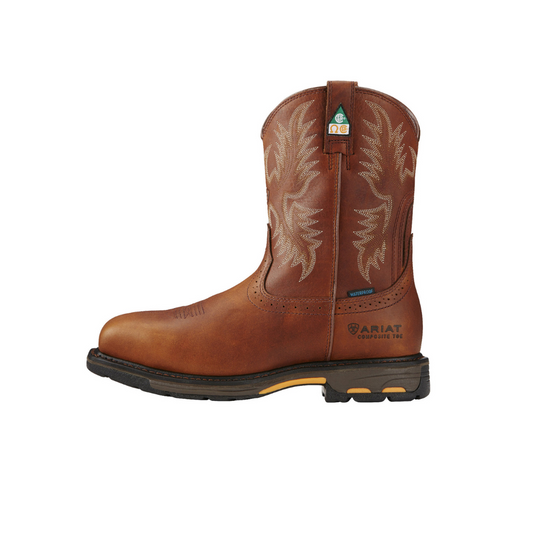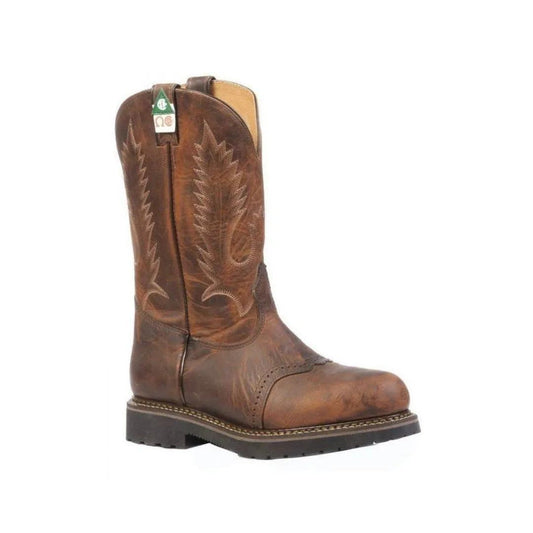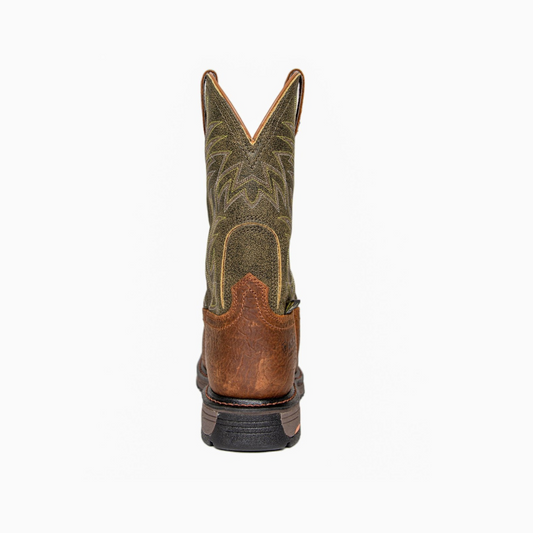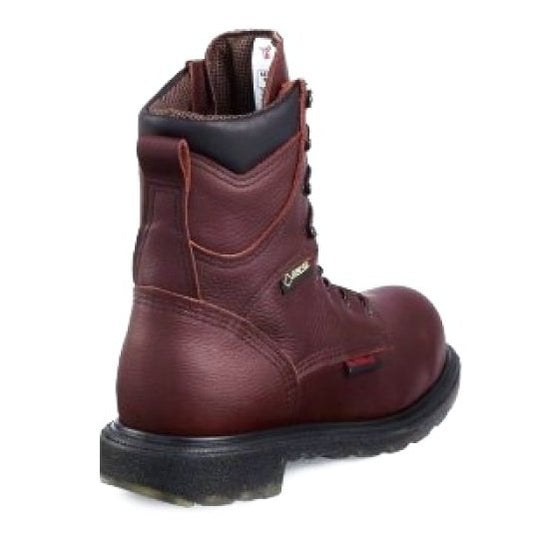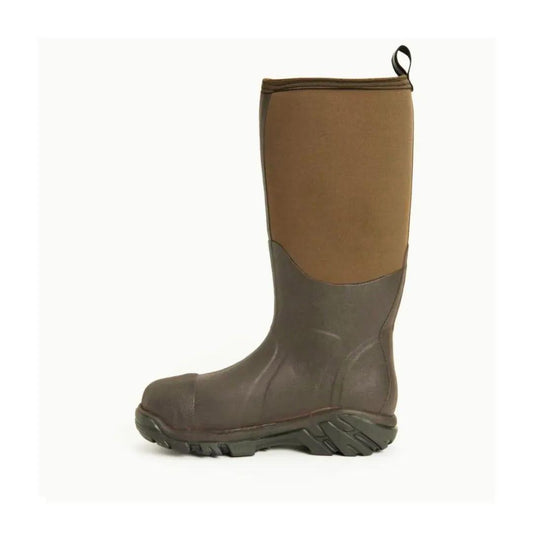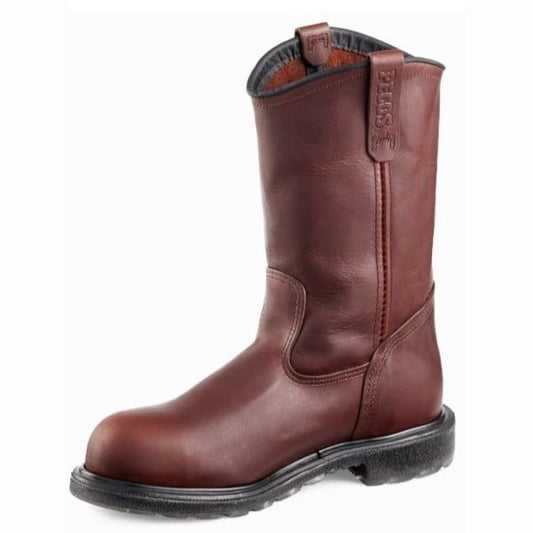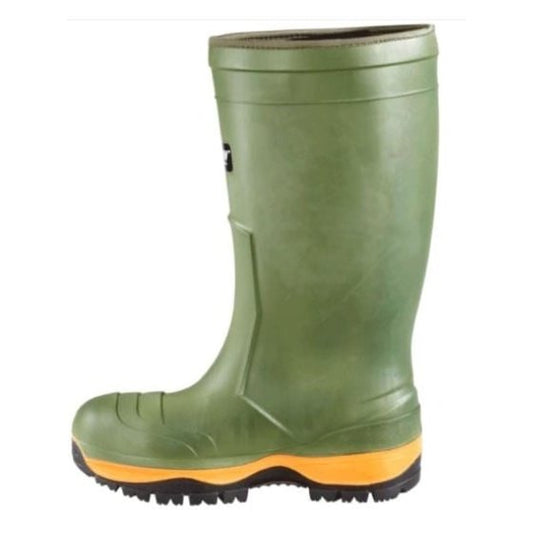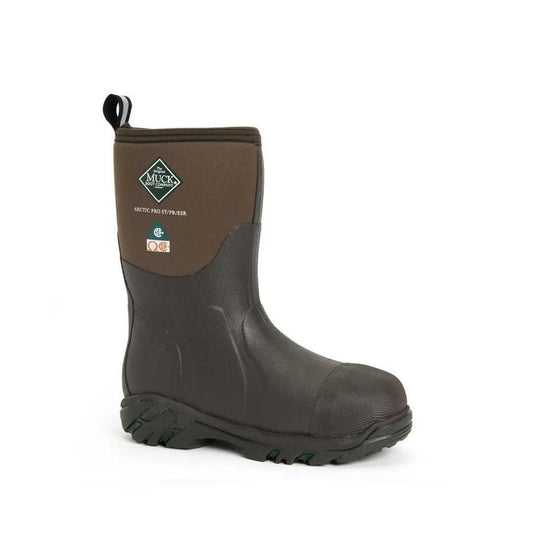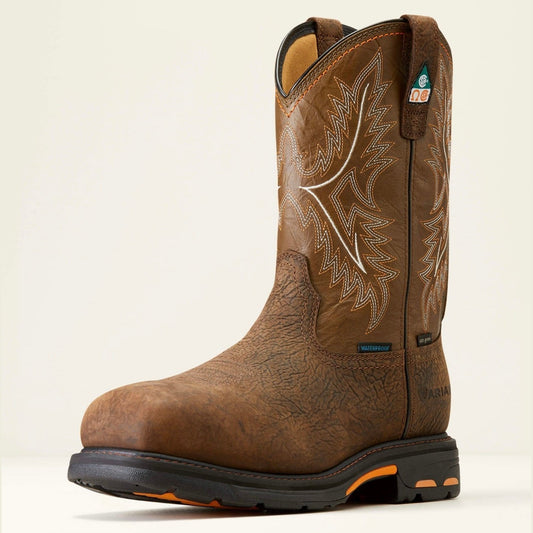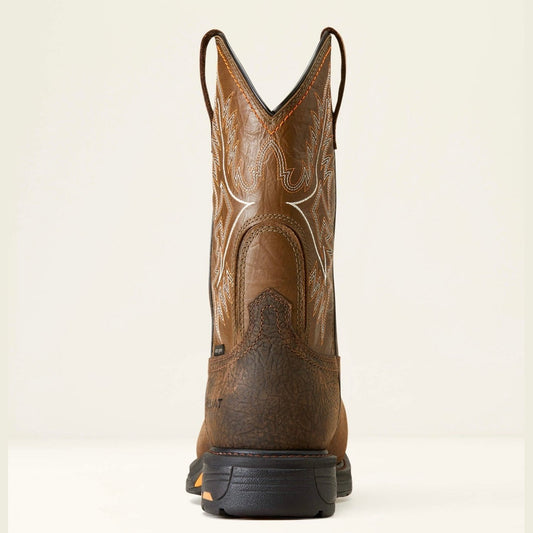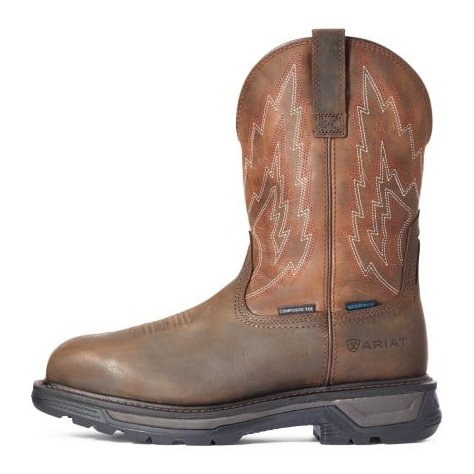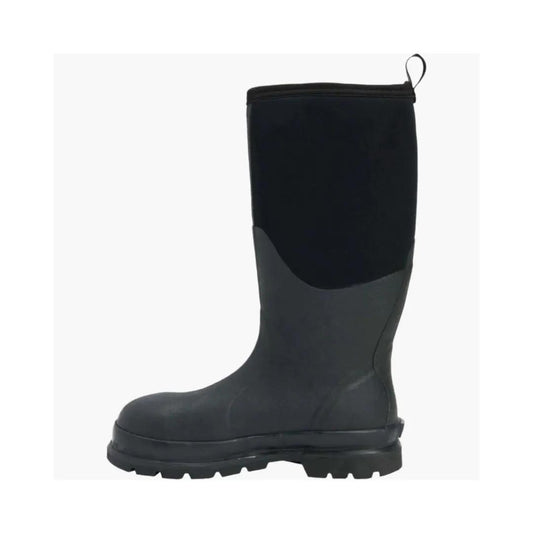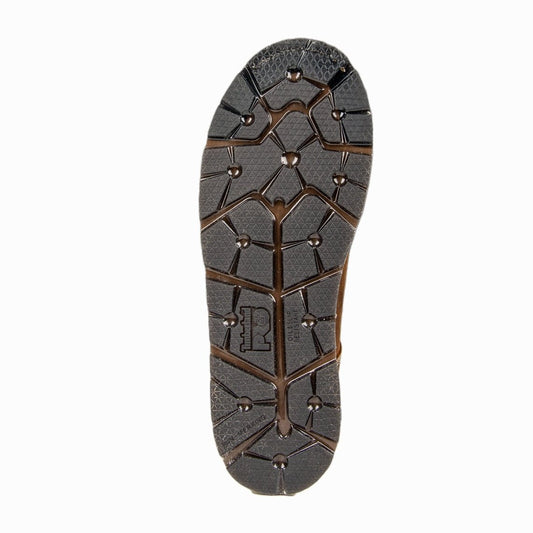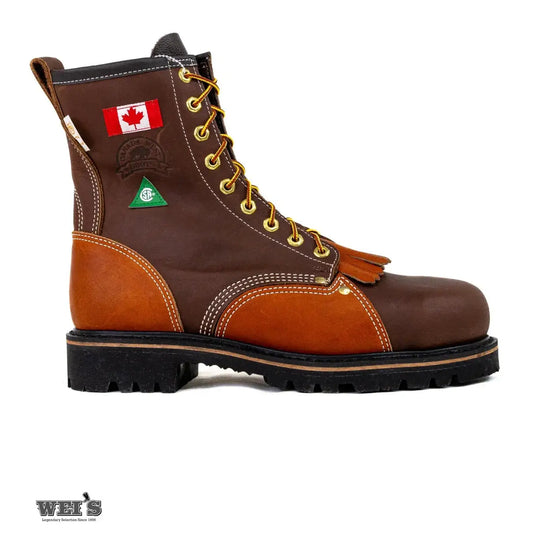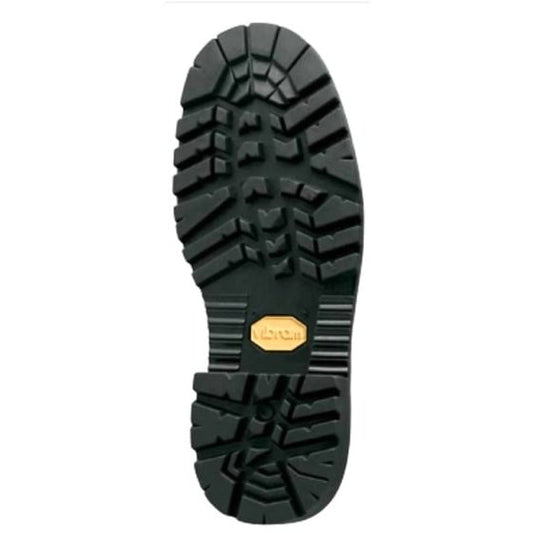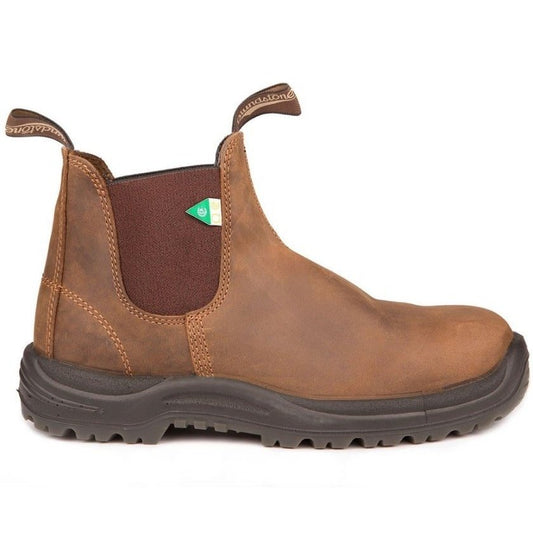Collection: Work Boots
Get rugged durable work boots at Wei’s Western Wear, offering over 20 trusted brands like Ariat, Red Wing, Canada West, JB Goodhue in a wide range of sizes (6–16) and widths (B–EEEE). CSA-approved, durable, and built to work.
Shop our Work Boots collection or visit in-store for expert fitting and unbeatable selection. Read more about work boots under our Work Boot FAQ.
hello
-
Ariat
Ariat Work Men's Work Boots Workhog CSA Waterproof
Regular price $429.95 CADRegular priceUnit price / per -
Ariat
Ariat Men's Work Boots Workhog CSA Composite Toe
Regular price $399.95 CADRegular priceUnit price / per -
Boulet
Boulet Men's Work Boot CSA Steel Toe
Regular price $399.95 CADRegular priceUnit price / per -
Ariat
Ariat Men’s Work Boots Workhog MetGuard CSA Composite Toe
Regular price $429.95 CADRegular priceUnit price / per -
Red Wing
Red Wing Men's Work Boots CSA Steel Toe Insulated Waterproof Gore-Tex
Regular price $449.95 CADRegular priceUnit price / per -
Muck Boots
Muck Boots Unisex Arctic Pro Tall Steel-Toe ACPCSA
Regular price $249.95 CADRegular priceUnit price / per -
Red Wing
Red Wing Men's Work Boots CSA Steel Toe Heavy Duty Pull-On
Regular price $359.95 CADRegular priceUnit price / per -
Baffin
Baffin Men's Work Boots Ice Bear CSA Composite Toe
Regular price $299.95 CADRegular priceUnit price / per -
Muck Boots
Muck Boots Unisex Arctic Pro Mid Steel Toe
Regular price $224.95 CADRegular priceUnit price / per -
Ariat
Ariat Men’s WorkHog CSA Waterproof Insulated Composite Toe Work Boot
Regular price $449.95 CADRegular priceUnit price / per -
Ariat
Ariat Men’s Work Boots Big Rig Comp Toe
Regular price $394.95 CADRegular priceUnit price / per -
Muck Boots
Muck Men's Chore Classic Boot Waterproof Tall CSA Steel Toe
Regular price $229.95 CADRegular priceUnit price / per -
Timberland PRO
Timberland PRO Men's Work Boots CSA Gridworks
Regular price $249.95 CADRegular priceUnit price / per -
Canada West Boots
Canada West Men's Work Lace-Up Steel Toe Boots
Regular price $329.95 CADRegular priceUnit price / per -
Canada West Boots
Canada West Men's Work Lace-Up Climber CSA Steel Toe Boots
Regular price $419.95 CADRegular priceUnit price / per -
Blundstone
Blundstone Work Boots CSA Steel Toe Crazy Horse Brown
Regular price $239.95 CADRegular priceUnit price / per

